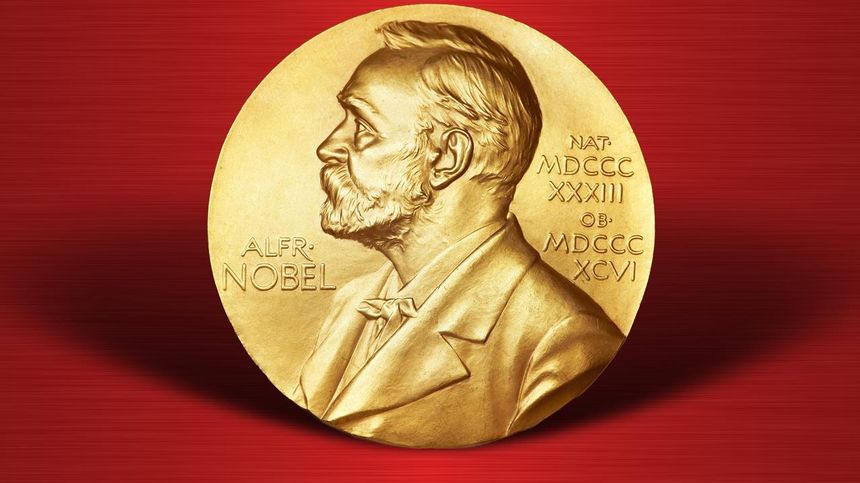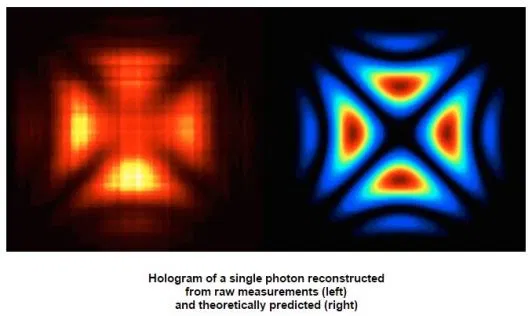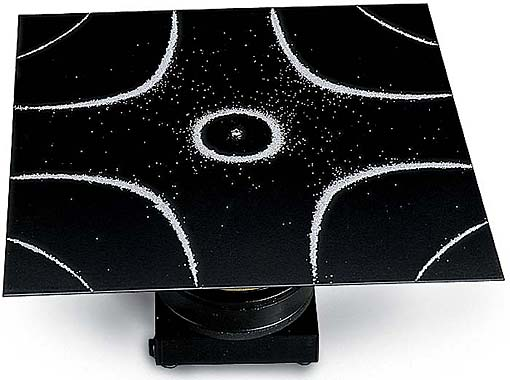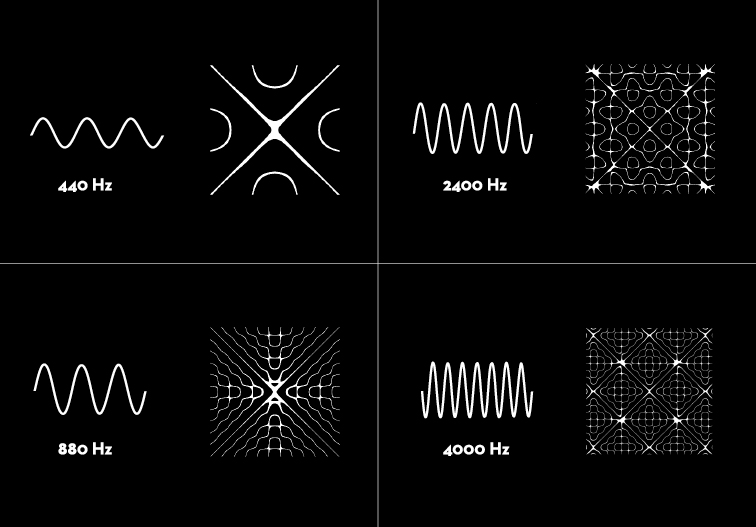
Kochani Moi,
Wlasnie odnioslem pelny sukces, po raz drugi.
Pierwsza Nagrode Nobla z Fizyki powinienem otrzymac za odkrycie mechanizmu generowania grawitacji kwantowej:
- https://www.gsjournal.net/Science-Journals/Research%20Papers-Gravity/Download/7568
- https://www.salon24.pl/u/ziggy/986362,wprowadzenie-do-antygrawitacji-kwantowej
Natomiast druga Nagrode Nobla z Fizyki powinienem otrzymac za odkrycie wewnetrznej struktury fotonu i elektronu, co w rezultacie pozwolilo mi rowniez na rozwiazanie paradoksu kwantowego dualizmu korpuskularno-falowego.
Moje odkrycie wewnetrznej struktury fotonu i elektronu dokladnie wyjasnia od czego zalezy to, ze elektron ma mase, a foton jej nie ma.
Niewykluczone, ze moja druga Nagroda Nobla bede musial podzielic sie z Dr. Kenem Wheelerem z Kaliforni. To jednak pozostaje jeszcze do rozstrzygniecia.
Tak czy siak, nie mam nic przeciwko temu, gdyz moje odkrycie opieralo sie na jego wczesniejszych badaniach, bez ktorych sam bym sobie nie poradzil, ale Dr. Wheeler mimo wszystko sam nie wpadlby na moje odkrycie, poniewaz jak sam otwarcie przyznal, w jego opinii bylo to niemozliwe.
‐‐‐‐‐‐‐ Original Message ‐‐‐‐‐‐‐
On Thursday, October 17, 2019 11:48 PM, Zbigniew Modrzejewski wrote :
Dear Dr. Ken Wheeler, and friends from Wydział Fizyki Uniwersytetu Warszawskiego ( FUW ),
We've got the photon right, and now we nailed the ELECTRON, too !!!
After I had written to you (my message included below),
I went for a short walk, and using the photon model,
I applied it to electron, only to immediately realize
how electron has mass, and photon does not. Simple!
The internal structure of photon has no plane of inertia,
and electron's structure does.
As opposed to photon's structure, electron's structure is akin
to that of a galaxy, its "inertial mass" being its plane of inertia.
Dear Dr. Wheeler, I am going to write a paper about it,
and from the bottom of my heart I do invite you to be co-author.
In case you don't care, I will definitely attribute my findings
as based on your long-term research summarized in your book.
Now, it has become completely obvious to me that the particle-wave duality
is a pseudo-duality. Macroscopic phenomenon of light has the nature
of electromagnetic waves. When we zoom in, light starts acting
like a "particle". Now, we zoom in again on the photon particle
and it starts looking exactly as per your principle, i.e. a combination
of "elementary" toroidal magnetic field coupled with "elementary"
hyperboloid electric field.
So, zooming in, first, light is an electromagnetic wave,
than it becomes a "particle", but ultimately this pseudo-"particle"
reveals itself to be nothing else than a coupling of
the two "elementary" fields, like in the progressing scales in a fractal.

ABOVE : For an optical vortex in the shape of the trefoil-(2,3) knot
we plot the field lines of the electric field in the transverse plane,
about the vortex point corresponding to ϑ = π 2 , which is placed
at the origin of our coordinate system. In the background a density plot
shows that the z-component of the field (pointing out of the page)
is effectively zero when comparing with the x,y contributions (not shown here).
https://openaccess.leidenuniv.nl/bitstream/handle/1887/50826/A.P.Thesis.pdf
‐‐‐‐‐‐‐ Original Message ‐‐‐‐‐‐‐
On Thursday, October 17, 2019 7:37 PM, Zbigniew Modrzejewski wrote :
Dear Dr. Ken Wheeler,
Hello, and warm greetings.
What I took away from some of your lectures
was your idea of a toroidal magnetic field coupled with
an electric field hyperboloid. I remember you drawing it for a galaxy.
I have spent some time trying to visualize it better as a combination
of two toruses (tori) and two hyperboloids, fully mutually immersed
and crossed at 90'. It makes for a tight fit, almost a sphere.
Dear Dr. Wheeler, can you imagine that a team of physicists
was able to obtain an experimental image of a single photon,
and it just happens that this single photon looks EXACTLY
as per your general principle :

Surprise, surprise!
So this is how an elementary quantum particle looks like. :-))
As above (galaxy), so below (photon). Fractal-like nature.


" Quantum dots absorb the probe light and emit a second
light pulse in response, which is picked up by a detector
and routed to a display. The resulting patterns are remarkably
like those visualized in Chladni's original acoustic experiment,
even though the new device is driven entirely by light. "
Dear Dr. Wheeler, if you are interested, I have produced
a hypothesis concerning gravity, and anti-gravity,
resulting from a proper combination of :
- electric dipole moment,
- magnetic moment, and
- angular momentum.
Electric dipole moment vector's direction is the factor
which decides either attractive, or repulsive gravity.
I wrote a short, simple, and clear paper. It is a quick and easy read :
Because I have realized that the principle I have discovered is scale-invariant,
akin to being a fractal-like, I was able to design several simple and cheap
table-top experiments. So far, I have been able to perform only one of them,
but received strong and conclusive results, a proof-of-concept verification.
Anti-gravity space propulsion would be nothing out of the ordinary.
Although it is not included in my paper, I have also discovered
how anti-gravity is naturally present in our Solar system,
contributing to its amazing long-term dynamic stability,
and even how to detect its natural presence in a cheap and simple
table-top experiment, under some simple specific physical conditions :
The reason that I would like to respectfully ask you to read my paper
is that you might find it surprisingly compatible with your ideas.
I am sure you could easily suggest improvements to it,
which I would greatly appreciate.
Looking forward to hear from you.
With respect and much gratitude, I am
Sincerely Yours,
Ziggy

Inne tematy w dziale Technologie

